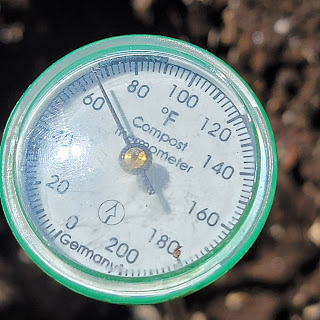With their large prominent flowers, Asiatic and Oriental lilies certainly deserve a place in your landscape. Both are strikingly beautiful and will do well in our local gardens. The question we get asked most often is what's the difference between the two lily varieties.
Let's start with the similarities. Asiatic and Oriental lilies are some of the easiest and most reliable plants you can have in your garden. They are perennials in our area, meaning they come back every year.
To do their best, both varieties need to be planted in a location where they will receive between 6 and 8 hours of direct sun a day. Both varieties like well amended soils that drain well. Once you’ve selected the site, amend your existing soil by adding 2" to 3" of Earth Essentials Sheep, Peat and Compost, worked in about 8". This amendment will enrich your existing soil and improve drainage.
Now to the differences. Asiatic lilies tend to bloom earlier than Oriental lilies. Asiatic lilies are shorter, don't need staking and the flowers, while beautiful are not fragrant. Once established, Asiatic lilies will multiply rapidly in your garden.
Oriental lilies tend to be taller than Asiatic lilies. In full bloom, Oriental lilies may need to be staked in order to support their tall, top-heavy stalks. Oriental lily blooms are fragrant, and they typically don't multiply as rapidly as Asiatic lilies do.
Lilies are planted from bulbs. If you’re planting bulbs, place each bulb about 4" deep and about 6" apart, in well-amended soil, with bone meal mixed into the planting site. If you’re planting established lilies, dig a hole twice as deep as the container and twice as wide. Add some bone meal, remove the plant from the container and set it in the ground at the same height it was in the container. Fill in around the plant and water thoroughly.
For your convenience, we’ve planted a variety of lilies in one-gallon containers. These are rooted out and ready to plant. There are several advantages to planting container grown lilies instead of bulbs. First, you can see the plant is healthy and thriving, which means the root system is established. Second, in many cases the plant has started to bloom, so you can see what the flower looks like.
Asiatic lilies will provide color to your garden just as the spring blooming plants like iris and peonies are beginning to fade. Oriental lilies will begin to bloom about the time the Asiatic lilies start to slow down. Asiatic and Oriental lilies are popular with gardeners everywhere because of their low maintenance and spectacular, long-lasting flowers.






















